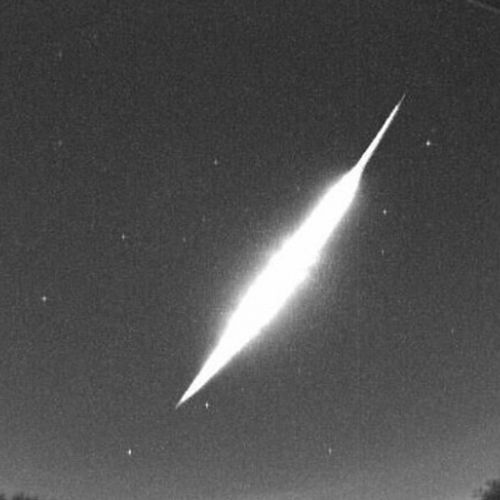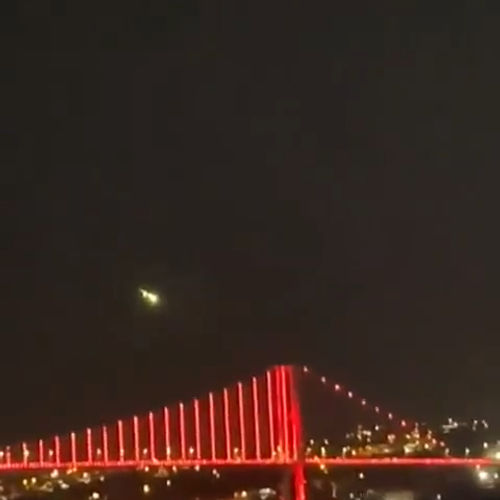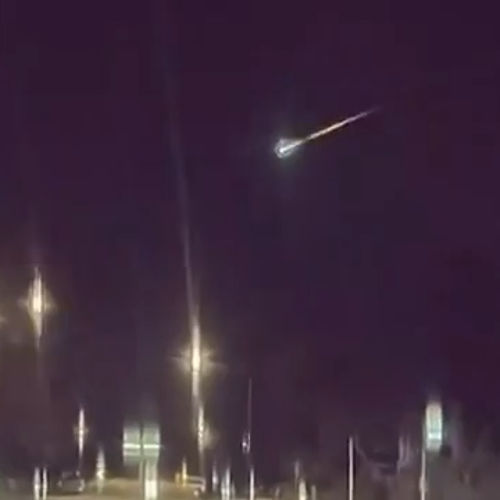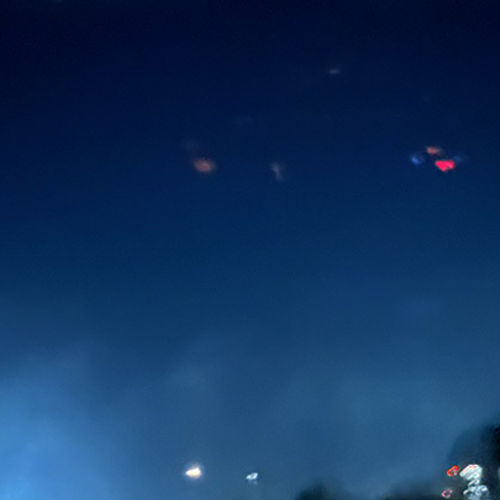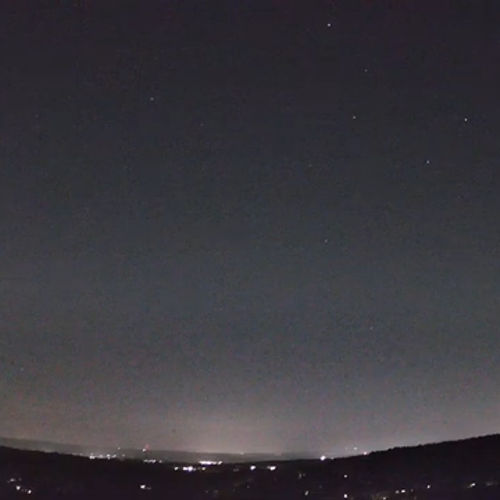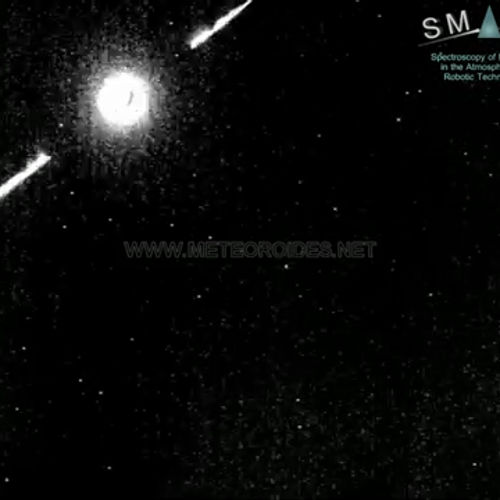
| Added | Fri, 29/09/2017 |
| Источники | |
| Дата публикации | Thu, 28/09/2017
|
| Версии |
Fall finally came into its own. On the street it gets colder and the nights become longer, opening new possibilities for astronomical observations. What is interesting will give us a dark autumn sky this season?
Planetary conjunction
Planet — one of the brightest objects in the night sky, some of which are visible even in the most adverse conditions of light pollution. The location of several planets close to each other is called a planetary conjunction. This season will be three such performances.
In the wee hours of October 5, Mars and Venus will appear together in the Eastern sky. Through binoculars or a telescope the distance between them is likely to be barely noticeable, but it really will amount to billions of kilometers.
Early on the morning of 18 October, before sunrise and look East to see Mars and Venus. Now they stand quite far from each other, lined up almost perfectly with the sickle of a Crescent.
Two of the brightest planets of the sky — Venus and Jupiter — will be joined on the night sky in the wee hours of 13 November. Just as Mars and Venus, they are so closer together that the naked eye may seem like they relate to each other.
Meteor showers
Several times a year, as the Earth travels around the Sun, it passes through streams of ice, dust and rocky particles, remaining after passage of comets through the inner Solar system. When these particles meet the earth's atmosphere in the night sky erupt intermittent bands of light that we call meteors. Individual meteors can be seen nearly any night of the year, but a large number of them — only during the meteor shower.
This is expected to fall five meteor showers, but due to the light of the moon only three of them will be clearly visible.
Meteor rain of orionid is the second in a year, originating from Halley's comet. It starts October 2 and runs until November 7. It is best to observe in the night from 21 to 22 October, when it reaches its peak.
The next meteor shower the Leonids will be held from 6 to November 30, and reaches a maximum in the night of 17 to 18 November. The stream of debris left by comet Tempel — tuttle and contains a lot of particles the size of gravel that cause the bright meteors in the sky.
The August Perseids often be the meteor shower of the year. But this year, they have a serious rival — the Geminids, during which burns about 120 meteors per hour. The peak of the rain will have on the night from 13 to 14 December.
How to see meteor shower?
The most important rule for observing meteor showers is to get away from city lights. The farther the better. When you find yourself in the dark, give your eyes 30 minutes to adjust. Avoid any bright light sources, including the screen of your mobile phone.
The supermoon
The orbit of the moon around the Earth is elliptical, not circular, so it is to us then closer, then farther. When the full Moon is in perigee — nearest point of its orbit we see it in the sky is greatest. SUPERLINE will appear in the sky on 3 and 4 December.
Translated by «Yandex.Translator»
Новости со схожими версиями
Log in or register to post comments

